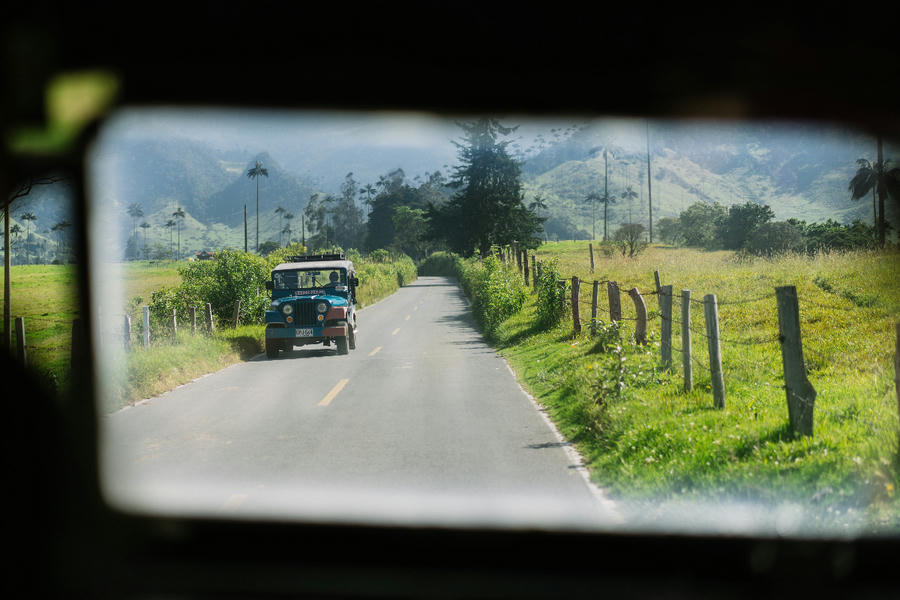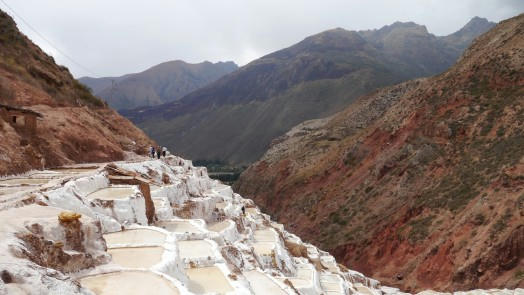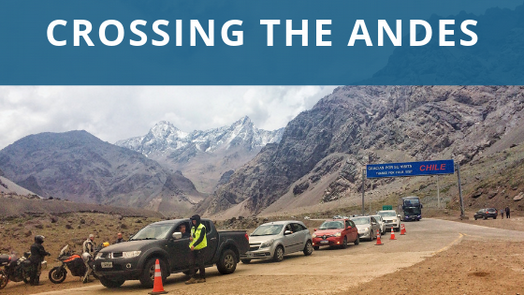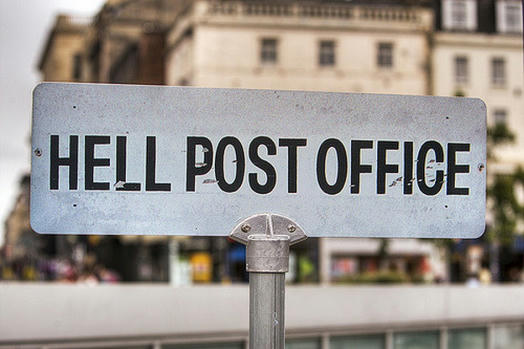It was a bright and early morning in Otavalo, Ecuador, as Balti and I embarked on our journey to cross the Colombian border. We were filled with excitement, anticipation, and a healthy dose of trepidation. After all, border crossings are never easy, and we had heard plenty of stories about the perils of crossing into Colombia.

As we made our way towards the border, we encountered all sorts of obstacles. From bumpy roads to treacherous bus schedules, it seemed like every step of the way was fraught with disruption. But we were determined to make it to Colombia, come hell or high water.
At the main bus station, we quickly discovered that there were no direct buses from Otavalo to the border Tulcán (Ecuador) / Ipiales (Colombia). Instead, we had to take a bus to the nearby city of Ibarra, and from there, catch another bus to the border.
But then, we heard a rumor that we could catch a bus from Quito, passing through Otavalo, that would take us directly to the border. The catch was that the bus did not stop in Otavalo, and we would have to flag down the driver if there were any free seats available.
Determined to take this shortcut, we hopped into a taxi and asked the driver to drop us off at the bus stop on the highway, about 10 minutes away from the city center. We anxiously waited by the side of the road, hoping that the bus would come along soon.

After 5 minutes of waiting, we spotted the bus approaching in the distance. We frantically waved our arms, hoping that the driver would see us. To our relief, he pulled over, and we rushed aboard. From Tulcán, it is just a short and affordable taxi ride to Rumichaca International Bridge, the actual border crossing.
Finally, after 3 hours since we left Otavalo, we arrived at the border crossing. The scene was chaotic, with pedestrians, street food and sim cards vendors going back and forth, and vehicles jostling for position. We made our way to the immigration desk and handed over our passports, hoping that everything would go smoothly.
What we didn't know back then is that there were two separate border control points on the busy street: one for the Colombian customs and one for the Ecuadorian customs. We had mistakenly entered the Colombian customs line without going through the Ecuadorian customs first.
It took long for us to realize our mistake: We went through the Colombian customs and started searching for a ride to the town when somebody pointed out that the bus stop is right by the Ecuadorian customs. Here, it occurred to us that we don't have Ecuadorian stamps in the passport. We had to go back through the Colombian customs, get Ecuadorian stamps and reenter Colombia.
Feeling frustrated about the loss of time and well amused that something like that could happen, we retraced our steps back to the Ecuadorian border control point and lined to enter it. We had one more surprise there: one could not go inside but with a small bag. Bigger bags and backpacks had to be left outside in a huge bag pile under a surveillance of a friendly security officer. We decided not to take a risk and part with our laptops and cameras for so long, but to take turns in going through the customs.
As we approached the Colombian customs officer once again, we held our breath, hoping that we had everything in order this time. To our relief, the officer stamped our passports again and let us through.
Although, it looked like one can just go back and forth from Ecuador to Colombia not stopping at border customs smuggling and trafficking whatever you want. You go through the customs only if you need a stamp.


We were able to catch a bus from Ipiales to Pasto at the bus station (it leaves every hour) and arrive in Pasto, Colombia, that afternoon. Pasto has a bigger airport with flights to several towns in Colombia, while Ipiales has just a tiny airport with a couple of Satena flights a week.
As we settled in for the night in our hotel room, exhausted but elated, we knew that our adventure was far from over and we were right. Next day, flying from Pasto to Bogota, we found out that there was an additional airport control for foreigners. Probably, a necessary step considering the possibility to omit the border control in Tulcan/Ipiales. However, we discovered that the last minute before boarding the plane - that we had to show our passports somewhere to the customs officer and get a stamp on our tickets in order to be able to board. As we were are one of these passengers who are the last ones to board I was sure that it was too late and we would miss our flight, but there was a customs officer passing by by chance and with his 'go' we were allowed to get on a plane.
Crossing Colombian-Ecuadorian borders is a challenge, no matter if you go by bus or by plane. A month before, we took a flight from Colombia to Ecuador, but were almost denied boarding as we didn't have a return ticket. This came as a surprise, since we had flown to Quito from Madrid with just a one-way ticket a year ago and no one had asked about a return flight. In a rush, we had to quickly create a fake ticket with Photoshop and the friendly flight attendants pretended to believe us, even though we happened to misspell "Quito".
But with each other by our side and the spirit of adventure in our hearts, we are ready for whatever challenges lay ahead.



